If you want to learn how to make your own advertisement, you are in the right place.
Although dedicated to those who are just grasping the surface of this industry, this article may also help skilled marketers better organize themselves. How?
Well, let’s get right to the subject and analyze the most important steps of the process involved in creating an advertisement.
What Is an Advertisement?
Let’s take a short quiz. Look at these visuals and tell me which one is an advertisement?
The right answer: all of them are a type of advertisement.
We already showed you a few advertisement ideas you can get your inspiration for your next campaign.
Get industry news, studies, how-to articles, exclusive Bannersnack offers and product updates every other week.
But what exactly defines an advertisement?
According to Wikipedia, an advertisement:
“…is an audio or visual form of marketing communication that employs an openly sponsored, non-personal message to promote or sell a product, service or idea”.
Business Dictionary comes with a similar but more diverse definition. According to them, advertising refers to:
“Paid, non-personal, public communication about causes, goods and services, ideas, organizations, people, and places, through means such as direct mail, telephone, print, radio, television, and internet.”
There are many types of ads, each of them specific to a specific campaign or, a specific part of a campaign.
Today, I am going to talk about online ads only and what it takes to create such an ad.
This is how an online advertisement can look like:
This guide will try to help you whether you are going to design banners, flyers, brochures, video ads or other types of visual advertising elements for an online campaign.
First, let’s answer a few questions:
Can You Create an Advertisement Online?
Many beginners in the marketing industry imagine that banner design is something that you require professional software and professional design skills. This may be true, for certain specific tasks but not for all.
For instance, designing banners for online advertising campaigns has become quite an easy task if you know where to look and which tools to use. The same rule applies to designing flyers and brochures.
The conclusion?
It is easier than ever to create an advertisement online in 2020 using an online advertising maker.
What Types of Formats Are Best for Online Advertising?
If you are using an online advertisement banner maker, there’s no need to worry about formats and sizes.
Tools like Bannersnack are constantly updated to meet the latest technical requirements.
However, if you are considering creating your advertisements offline, I would recommend you to ignore Adobe Flash. Instead, try making HTML5 banners for more compatibility. In fact, HTML5 is compatible natively with all web browsers available now.
Another file format that is suitable for flyers and brochures is PDF. Although you need a third party PDF viewer in order to see the ads, most of your customers will probably have it installed already on their devices.
Also, for static banners, traditional JPEG and PNG graphics formats may be suitable for your advertisements.
Related articles:
How to Design TikTok Ads That Will Skyrocket Your Brand
How to Create Animated Facebook Ads that Convert
20 Cool Banner Ads Examples Every Marketer Should Know
How to Make an Advertisement and How to Be Good at It
Now that we’ve defined the advertisement and learn the basics about the available file formats, let’s get back to our main subject and discuss the process of creation.
There are, however, a few things to keep in mind before you can actually design and create an advertisement.
Here are the most important steps you need to undertake:
- The SWOT analysis of the product and the company
- Set up your main objectives
- Research the market, the competition, your audience
- Identify your target audience
- Select your channels
- Brainstorm for fresh ideas
- The design process
- Deliver your advertisements
- Quantifying and analyzing the results
1. The SWOT analysis of the product and the company
Before analyzing how to create an advertisement that converts into great results, you should start by performing a thorough analysis of the strengths, weaknesses, opportunities, and threats for both, the company and the product that is to be advertised.
In short, advertisers call this activity a SWOT analysis.
You obviously start by analyzing the strengths of the company and the product.
What makes them unique? What are the core values upon which the entire advertising campaign can be based on?
Here you can also include the relationship with the customers, your financial capabilities and resources, the level of commitment of the employees and so on. You need to know the basis from which you start your campaign and this step may give you exactly what you need in order to set it up correctly. You can then continue with a thorough analysis of the company’s weaknesses and the advertised products, and future development and growth opportunities. When you analyze opportunities, you can also set goals for the campaign.
Finally, you can also analyze the threats presented by the competition and/or other external factors.
For more information on this subject, you can read this very informative article posted by The Balance.
(an example of a SWOT analysis made by Starbucks. Image credits)
2. Set up your main objectives
What is the purpose of your advertising campaign? What are your main objectives? Are your goals feasible or not? You should also perform an analysis of these questions and answer them with the utmost sincerity.
Based on what you set up here, you can go further to the next step and start your research.
3. Research the market, the competition, your audience
You cannot consider yourself ready to make an advertisement without conducting a proper research on some important factors you campaign depends on.
For instance, it’s important to know the market and its behavior. Study how things have changed over the past few months and what professionals predict for the near future.
Know your position on the market, the competitors’ role and positions as well. Find out how they advertise their products and try not to copy their campaigns. Instead, you will need to come up with something new, something out of the box, something that will make your audience convert into clients.
In order to accomplish that however, you will also need to know some things about the typology and the personality of your ideal client. Know to whom you are addressing your advertisements too. What devices are they using? What is their social status? What are their online behaviors and how do they shop?
4. Identify your target audience
Who is more likely to buy your products or services? Responding to this question is yet another important step in setting up your advertising campaign. Should you want to be successful at designing an appealing advertisement, you need to know to whom you are addressing it.
For example, if you are selling clothing for babies, it’s quite obvious that your target audience is parents and maybe grandparents. You don’t have to do anything with teenagers, kids or single people. The design and copy text will, therefore, be appealing to the selected demographic groups. If you also consider influencer advertising it will definitely help you choose your influencer.
Of course, based on your industry and your niche, there may be other important questions to answer here such as:
- To what demographics group am I addressing my messages?
- What is my clients’ social status?
- Are they young and unemployed?
- Are they professionals from a specific niche?
- Are they old or not?
- What’s the level of their education?
- Where do they live?
- What is their relationship with the competition?
The list of questions could go on forever.
What’s essential here is identifying which one of them – or maybe more – suits your goals and answers them with honesty and objectivity.
Once you do this, you can move further to the next step.
5. Select your channels
Bannersnack allows you to create a full set of banners if you want to create advertisements online.
Therefore, it will be easy to design them for different channels in less time than if you would have done it individually.
However, it’s one thing to design your ads and an entirely new thing to select where to place them.
Based on your demographic research, however, you will be able to narrow your search to some specific channels of media distribution suitable for your campaign. For instance, if you are targeting people who are known to spend a lot of time on social media, you should channel your efforts in designing suitable ads for social media and of course, select the most appropriate channels of these sorts. Focus on them. For instance, if you want to advertise on Facebook or Instagram, there’s no need to study the ad placements requirements and methods on Twitter.
At the same time, you can advertise on websites and blogs as well. In this case, you need to analyze at least a few advertising platforms and select the one that manages to meet all your needs in terms of placements, costs, and network.
6. Brainstorm for fresh ideas
Take all the information you manage to gather up to this step regarding your products and your targeted audience.
Think also about the delivery channels you have chosen for your ads and learn about how to write advertisements tailored to each one of those channels. Based on your findings, you can now start brainstorming for fresh and creative new ideas for your campaign.
Write down some words, phrases, ideas. Combine them and do not stop until you come up with at least a dozen of possible calls to action, copy texts and visual representations of how your banners, flyers or videos should look like.
7. The design process
Obviously, this is the hardest part of the entire advertisement creation process. Everything you did until now, each other previous steps, prepared you for this one. Now, it’s time to put your creativity to work and actually design your banners, flyers or brochures.
Take the top three or five ideas from your previous sketches and use them to create raw advertisements. If you are using Bannersnack as your main advertisement maker, all your projects will be automatically saved online. You can get back to them to make modifications or, you can share them with your peers for valuable inputs. It will also help you show your rough designs to people who are in your target audience. Their input and advice may help you adjust your advertisements in order to meet the targeted demographic needs and values.
For more information on how to design banner ads that convert easily, read the tutorial posted under the Banner Design Academy section on our blog.
8. Deliver your advertisements
Once the designs are ready to be delivered online, you can start your campaign based on your selected delivery channels.
At this point, you need to define your budget and select the criteria on which you are going to publish your banners on each channel in particular.
Each advertising platform (or social media platform that includes paid advertising) will let you select your own parameters of delivery, based on demographics, age groups, types of websites, industries, countries, and regions etc.
You have already identified your target audience at the fourth step of this guide. Now, you just need to apply that specific information according to the specifications of each selected channel.
9. Quantifying and analyzing the results
This is also an important step in your campaign, maybe the most important of all.
After your campaign has finished, you need to start analyzing how your audience reacted to your banners and whether or not the entire process was a successful one.
This data is also important for your future campaigns. You will start your future design processes based on your initial results and try to improve them.
Conclusion
When we think about advertisement design, most of us imagine that it starts with the actual design and ends with the setting up of a delivery channel.
However, if you want your job to be professional and thorough, you need to do everything by the book. This means that you need to understand the entire process behind an advertising campaign. It starts with an in-depth analysis of your company and products to be advertised, followed by extensive research on the market and the targeted population.
When you get to actually design the banners, you already know exactly what to expect from your campaign. You know what types of individuals make the audience you are addressing your messages to and how to properly quantify the results.
It’s now easier than ever to design a professional banner thanks to the available online tools such as Bannersnack. However, you can make things even easier by going through each of these steps and base your design on actual data. It’s quite possible that when you’ll get to the sixth step, you will already have a few ideas in mind, at least a starting point from which to go on with your design. We hope we helped you understand better what makes a good advertisement.
How many of these steps did you actually go through on each of your marketing campaigns?

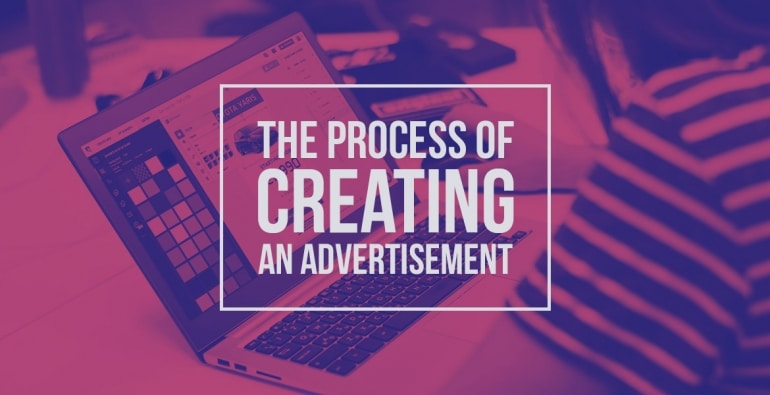


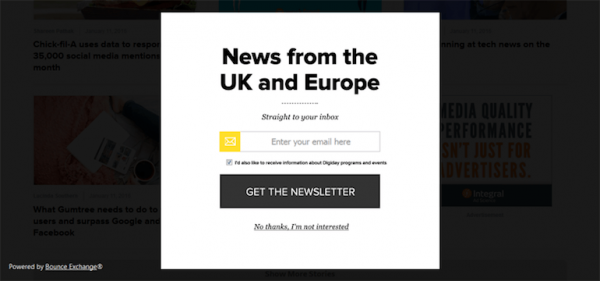
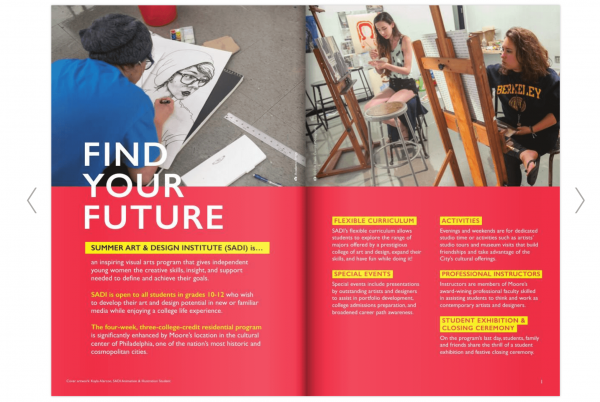
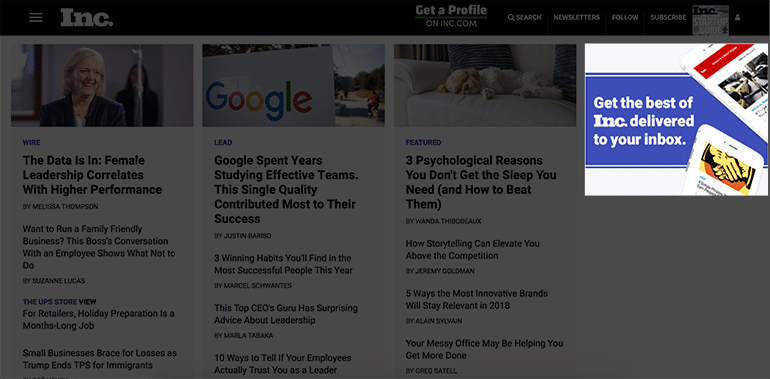
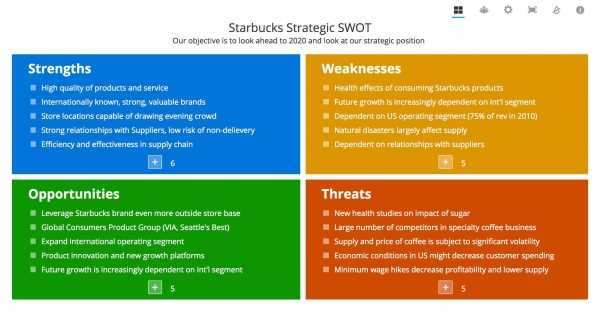


chinwendu
May 24, 2018Can i call u Gab,….. u are dame Good
Nassib
June 7, 2018Well presented
vee
September 10, 2018its very helpful
mohit poddar
February 18, 2019yes the information is very useful
pramod singh
March 27, 2019very nice post thanks for sharing with us
this post really helpful for me
Nalutaaya claire
May 2, 2019Thanks for sharing with us it is presented well
Tim Yaotome
May 8, 2019I find it cool when you said that a company should start planning out their advertisement by researching their ideal audience for it based on their typology and personality. Another way to go about this is to ask a local production company to do it for them. That way, one can focus on selling more products and get an expert opinion on how to attract more customers in the process.
linxiaoxiao
September 12, 2019This article is very helpful to me, I always don’t know how to make advertising material, before I used a tool called bigspy to look up a material, now I have some new ideas
Momodou
November 7, 2019This is really interesting, I now know what I need to do, Thanks guys.
Nigro adams
March 3, 2020Very helpful
Nissan
March 5, 2020Nice
Guilherme Rodrigues
May 7, 2020This responded one of the questions of my summative from design. It was super helpful. Continue the great work.
devin hernadez
May 13, 2020hey gabriel im a person that will look forward to doing this
Afton Jackson
May 15, 2020Every time I watch an ad or a commercial on TV, I always think to myself how did it manage to keep me watching till the end. There are some commercials I feel like I want to pay attention to and some that I don’t, and so it helped when your article pointed out that identifying a target audience is key for effective advertising. Many times I find myself watching ads whenever the person on the screen involved is a middle-aged worker like me, and so I can feel that connection. If ever I were to make an ad or commercial, I’d make sure that I would get my target audience in mind and then get some video editing done to make sure that it appeals to said audience, most likely that would require some professional help.
Anderson
May 28, 2020Yes this was good I’m on a start to make some money
Shayur Maharaj
September 9, 2020As a marketing analyst I found this piece to be very insightful and timely. Exactly what i needed.
Selestina
September 13, 2020Very helpful
Gracie
September 14, 2020Very helpful
Amy David
December 4, 2020very much helpful. Was looking for something like this to refer and get an idea on how to create advertisements online. I think if you put these steps in a flowchart https://creately.com/lp/flowchart-software/ and if we can get the outcome we can easily implement the plan right?